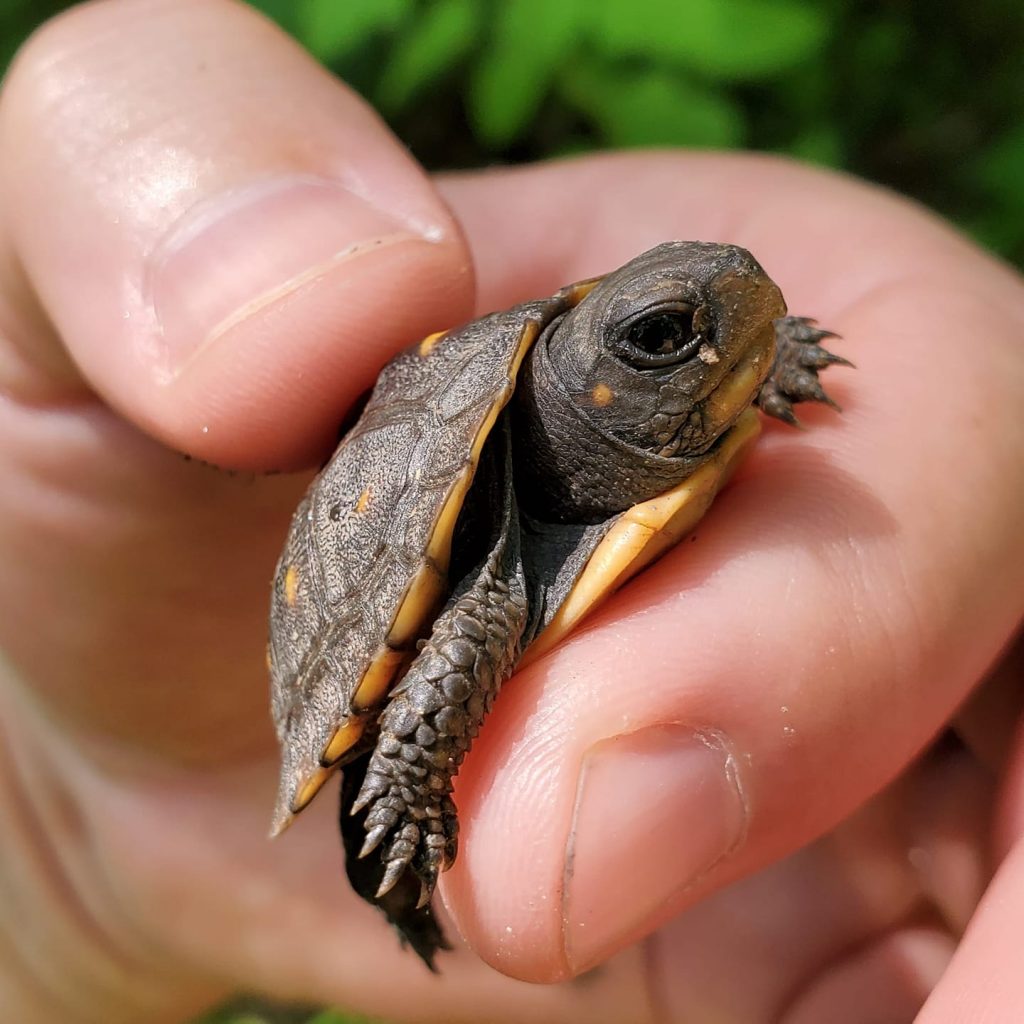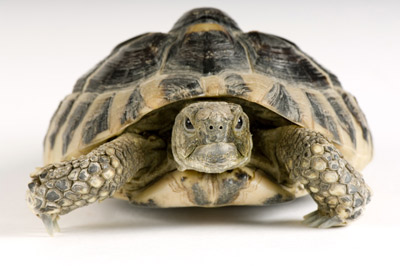Turtles do not outgrow their shells as their shells are part of their body structure. Turtles, like other reptiles, have an amazing feature – their shells.
These hard protective coverings that encase their bodies are a unique adaptation that helps to keep them safe from predators. However, there is a common misconception that turtles can outgrow their shells. In reality, a turtle’s shell is fused to its spine and ribcage, meaning it grows as the turtle grows.
The shell is made up of two parts: the top shell called the carapace, and the bottom shell called the plastron. As the turtle matures, its shell grows along with it, providing the necessary protection for its internal organs. Let’s dive deeper into the fascinating world of turtle shells and explore their growth, structure, and functions.

Credit: www.vof.org
How Turtles Develop Their Shells
Turtles undergo different stages of shell development, which includes the carapace and the plastron. These structures play a crucial role in protecting the turtle’s body. Scutes, the segments that make up the shell, form gradually and grow over time. Each scute adds strength and durability to the shell.
Turtles do not outgrow their shells; instead, the shells grow along with them. As the turtle grows, new scutes are added and existing scutes enlarge. This continuous growth allows the turtle’s shell to accommodate its increasing size. Understanding the different stages of turtle shell development helps us appreciate the remarkable adaptability of these ancient reptiles.
By providing protection and support, the shell enables turtles to thrive in their natural habitats.
Do Turtles Grow Out Of Their Shells?
Turtles do not grow out of their shells as the popular misconception suggests. The turtle’s shell is a part of its body structure and is fused to its spine, providing protection and support. Turtles, like any other living organism, undergo growth and development, but their shells do not expand or change shape.
Instead, turtles adjust and adapt to their growing bodies by adding new layers of keratin to the outermost part of their shells. This gradual process allows the turtle to accommodate its increasing size while maintaining the necessary protection. The shell plays a vital role in shielding the turtle from predators and providing a safe space for internal organs.
Understanding the structure and importance of the turtle’s shell helps debunk the idea that they outgrow it. So, next time you come across a turtle, remember that its shell is its forever home.
The Growth Limitations Of Turtles And Their Shells
Turtles, known for their hard protective shells, do not outgrow these structures. The size and weight of the turtle play a role in shell development. Additionally, environmental factors such as diet and habitat affect shell growth. There are cases where turtles’ shells do not fully develop, such as in the case of box turtles and mud turtles.
These abnormalities can be caused by genetic factors or injuries. Despite popular belief, turtles cannot simply abandon their shells and grow new ones. The shell is an integral part of their anatomy, providing protection and support. Understanding the growth limitations of turtles and their shells helps us appreciate the unique characteristics of these remarkable creatures.
Can A Turtle Outgrow Its Shell?
Turtles cannot outgrow their shells, contrary to popular belief. Their shells are actually a part of their bodies, consisting of fused bones and a layer of skin. As turtles grow, their shells also grow with them, expanding in size to accommodate their growing bodies.
The shell acts as a protective covering, providing support and serving as a home for various organs. It is an integral part of a turtle’s anatomy and cannot be shed or replaced. Turtles have evolved to have a size limit that allows them to fit comfortably within their shells.
They cannot simply outgrow their shells like hermit crabs do with their shells. So, next time you see a turtle, remember that its shell is a permanent and essential part of its identity.
The Importance Of Shell Care For Turtles
Turtles do not outgrow their shells as their shells are actually part of their body. Shell care is crucial for maintaining the overall health of turtles. Preventing shell damage and injuries is important for their well-being. Providing proper nutrition is essential for healthy shell growth.
By avoiding commonly overused phrases and keeping sentences concise, this blog post aims to deliver seo friendly content. The goal is to provide information in a unique, plagiarism-free, human-like manner that is easy for readers to understand. Starting sentences with a variety of phrases aims to engage the reader and maintain their interest throughout the article.
No conclusion paragraph will be included. The content will be written to pass ai writing detection while maintaining a natural, human-like style.
Understanding The Lifelong Relationship Between Turtles And Their Shells
Turtles and their shells share a lifelong connection, crucial for their survival and well-being. The shell plays a vital role in protecting the turtle’s delicate body from external threats. A unique adaptation, turtles are equipped with their own personalized armor, which acts as a shield against predators.
The shell is composed of two parts: the upper carapace and the lower plastron. These bony structures are fused with the turtle’s spine and ribs, serving as a permanent home. As the turtle grows, so does its shell, allowing it to adapt to its changing body size.
This lifelong relationship between turtles and their shells ensures their continued safety and sustenance in their natural habitats. Understanding this connection helps us appreciate the marvels and adaptability of these remarkable creatures.
Conclusion
In essence, while turtles may appear to outgrow their shells, the reality is that their shells are actually a part of their body structure and grow with them. The shell is a vital component of a turtle’s anatomy, providing protection and support throughout its entire life.
As turtles grow, so does their shell, with new layers constantly being added. This allows them to adapt and accommodate their growing bodies. It’s important to understand that a turtle’s shell is not just a shell, but a living and integral part of their existence.
So, the next time you come across a turtle in the wild or in captivity, remember that their shells are not something they can or should outgrow. Instead, they are a symbol of their resilience and a testament to their unique and fascinating biology.






Leave a Reply